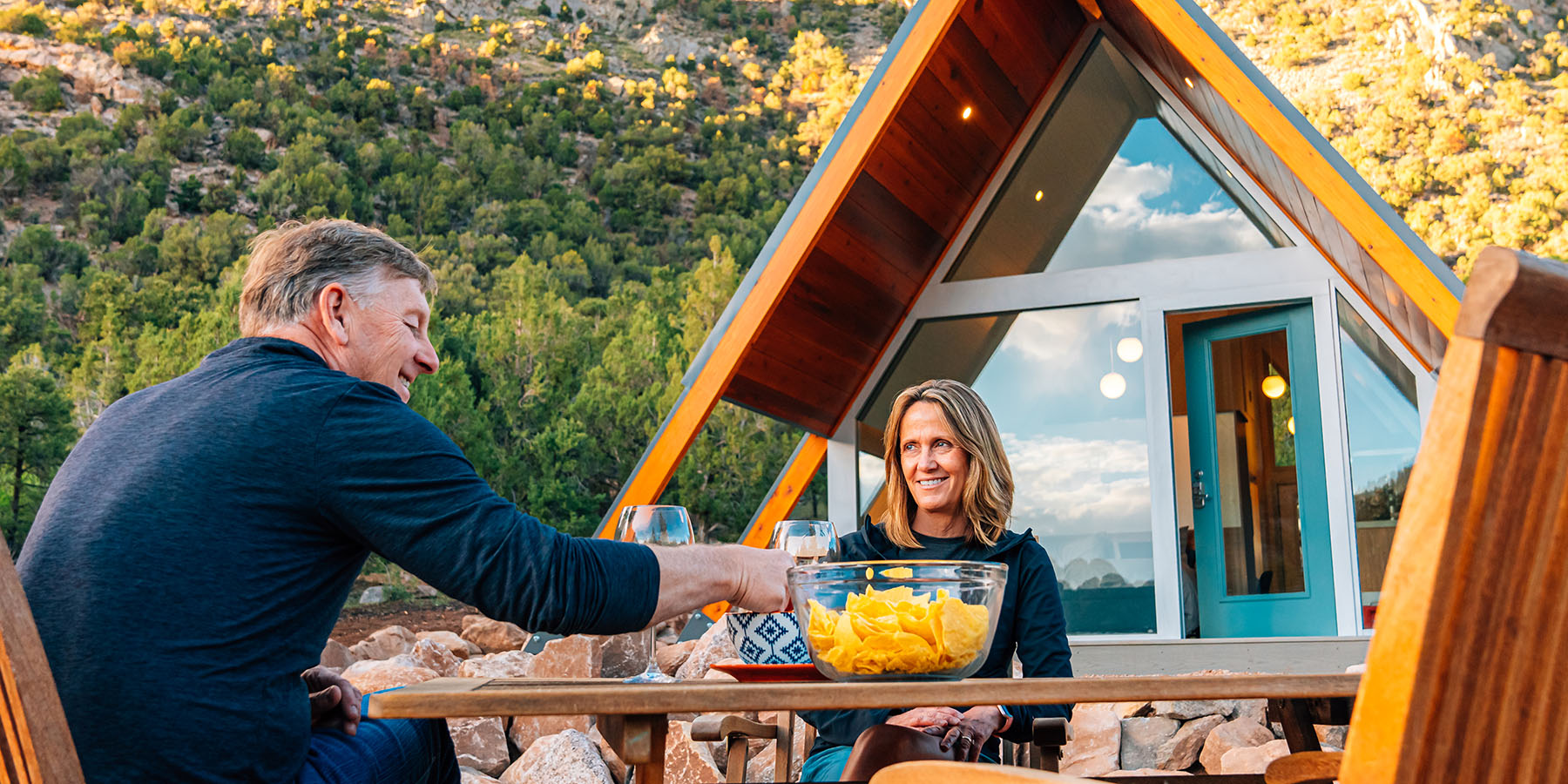Living space is becoming scarcer and increasingly expensive. There’s no change in sight as the Swiss population continues to grow. According to the Swiss Federal Statistical Office (SFSO), over ten million people will live in this country by 2040. More than a third of all households already consist of just one person – and this trend is growing. Tiny houses, micro homes and small houses have arrived just in time to help tackle these developments.


